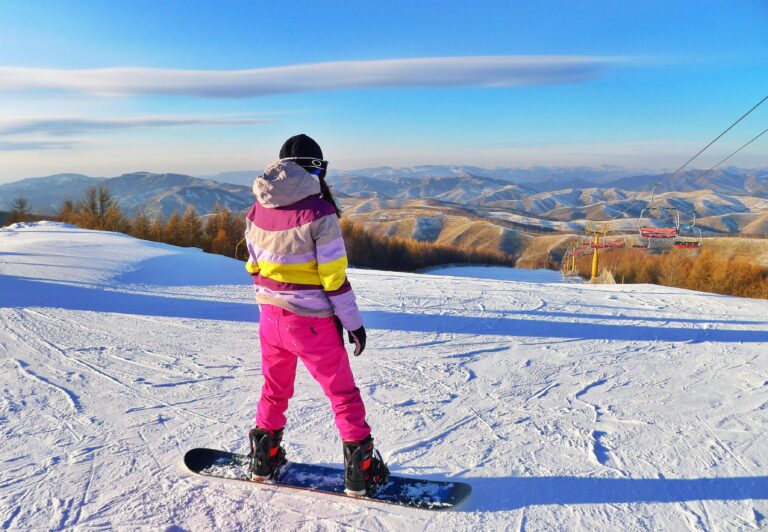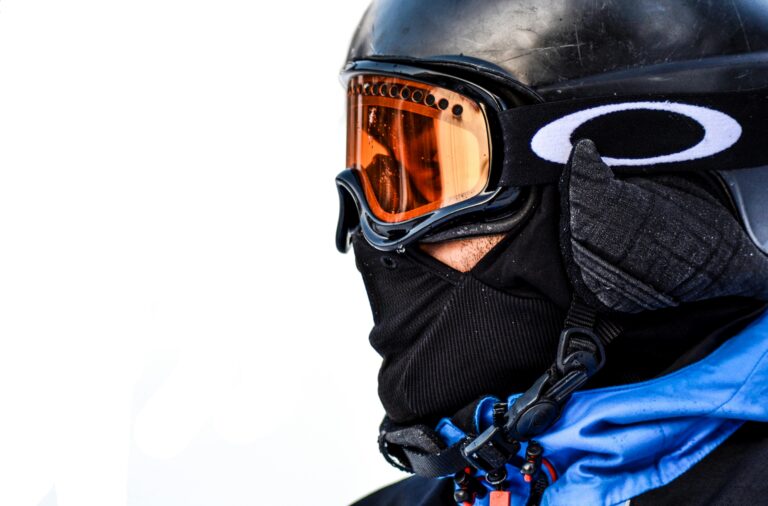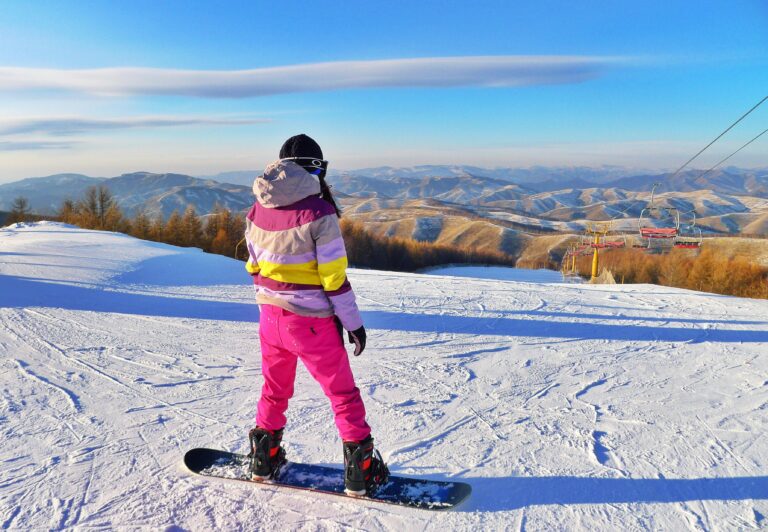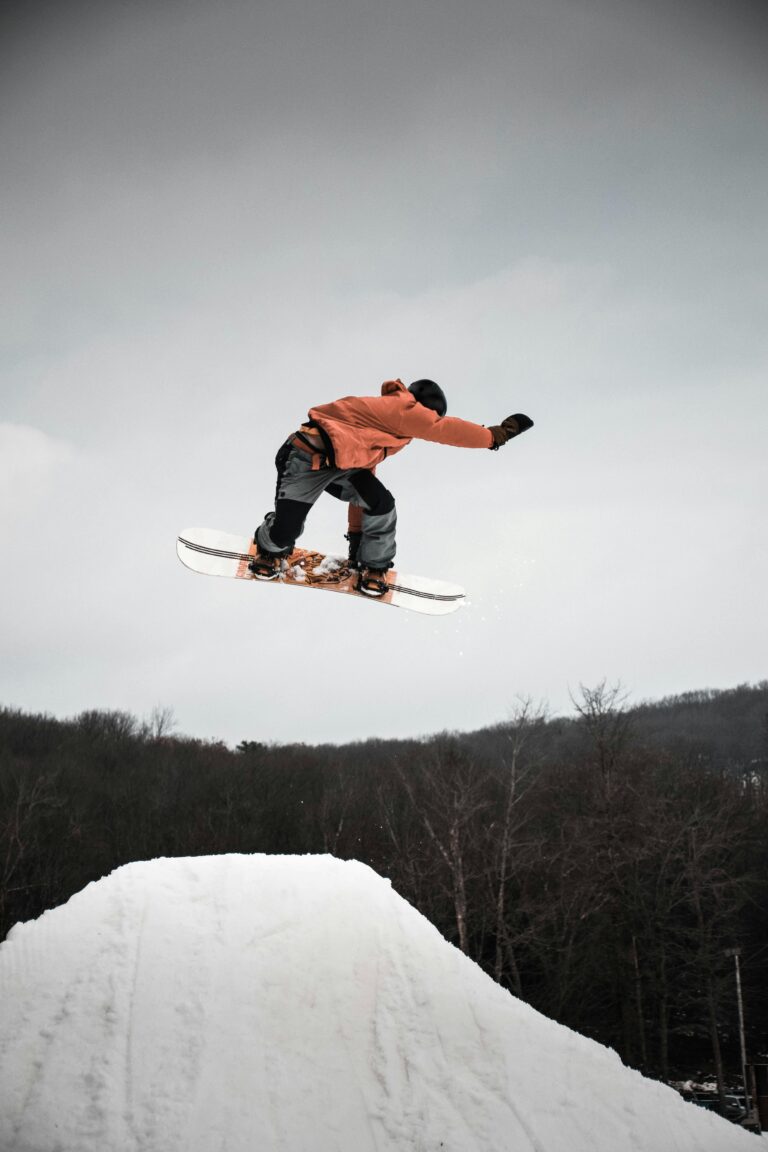In general, skiing in Hawaii is indeed possible, primarily on the slopes of Mauna Kea, where conditions occasionally allow for snow. However, it differs significantly from traditional skiing experiences elsewhere due to Hawaii’s unique climate, limited terrain, and largely intermittent snowfall that requires planning.
Most people think of Hawaii as the ultimate beach getaway—sun, surf, and palm trees. Skiing doesn’t usually come to mind. But here’s the thing: Mauna Kea, that giant volcanic peak towering over 13,000 feet, sometimes turns into a snowy playground. It’s rare, it’s eye-opening, and yes, it’s pretty awesome for anyone chasing a different kind of ski adventure.
If you’re picturing pristine ski resorts, think again. Skiing here isn’t about groomed trails or reliable powder but more about embracing the unexpected. It’s an adventure wrapped in one of the world’s most tropical, volcanic backdrops.
What Makes Mauna Kea Unique for Skiing?

Mauna Kea’s elevation at 13,803 feet makes it the highest point in Hawaii. Snowfall events here can be sparse, with records showing significant snow accumulation only a few times a year, particularly in winter months. Unlike typical ski resorts, skiable runs are limited, making the experience more about the thrill than convenience. Recognized for its observatories, Mauna Kea also attracts enthusiasts eager to experience its geological marvels alongside snow.
Mauna Kea’s height is a game changer. When it snows—usually between November and March—it sometimes dumps several feet of the white stuff. But that powder rarely sticks around long. Skiing here feels a bit like catching a rare Pokémon: you’ll know when it’s there, but you better act fast.
What’s cool? Mauna Kea isn’t just about skiing. It’s also home to world-class observatories. So after a day on the slopes, you can switch gears and stargaze at some of the clearest skies on the planet. Ski by day, cosmic exploration by night. Try finding that combo anywhere else!
How Does the Skiing Experience in Hawaii Compare to Traditional Resorts?
Hawaii’s skiing offers a completely different experience with its intermittent and often slushy snow quality, compared to the powdery runs of traditional ski resorts. The variety of skiing runs is limited, primarily consisting of a few options suited for the adventurous. Along with the stunning views, the cultural context adds an enriching layer to the experience.
Skiing in Hawaii? It’s like stepping into an alternate ski universe. Forget the skinny, groomed runs you find in places like Aspen or Whistler. Here, the snow is often wet and slushy, thanks to warm mountain temperatures, making each run a little unpredictable.
One skier on YouTube put it perfectly: “You won’t find perfectly groomed slopes, but sliding down a volcano? That’s a thrill you just can’t get anywhere else.” I couldn’t agree more.
Here’s a quick peek at how these worlds stack up:
| Aspect | Hawaii’s Skiing | Traditional Ski Resorts |
|---|---|---|
| Snow Quality | Granular, wet snow | Powdery, well-groomed |
| Variety of Runs | Limited options | Multiple trails for every skill level |
| Climate Influence | Warm temperatures affect snow quality | Consistent temperatures enhance snow formation |
| Cultural Context | Richly intertwined with Hawaiian culture | Focused on winter sports experience |
When is the Best Time to Ski in Hawaii?
The best time to ski in Hawaii coincides with its winter season from late November to March, with January and February being peak months for snowfall. Tourists flock during school holidays, so planning is essential to maximize skiing opportunities amid changing conditions influenced by Hawaii’s tropical climate.
Throwing yourself at Mauna Kea’s slopes feels like a weather gamble. Snow can fall fast and melt just as quickly. Your best bet? Plan your trip between late November and March, especially January or February, when the odds of snow are highest.
Keep tabs on local weather updates—it can make or break your plans. Also, avoid peak holiday crowds by aiming for early or late winter visits. Fewer people, more space to enjoy your rare Hawaiian skiing moment.
Essential Gear and Equipment for Skiing in Hawaii
When skiing in Hawaii, bringing the right gear is crucial due to the unique conditions and the limited availability of rental equipment. Recommended essentials include performance ski clothing, a good pair of skis suited for slushy snow, gloves, and goggles. Local rental services may also have options, but it’s wise to reserve ahead due to limited stock.
Gear choice here matters more than usual. The snow is soft and wet, which means you’ll want skis built for slush, not powder. Dress in layers—you’ll deal with chilly temps up high and warm sun when you’re not skiing.
Here’s what’ll keep you comfortable and ready:
- Waterproof ski jacket and pants
- Layered clothing to handle changing temperatures
- High-quality skis tailored for slushy snow
- Durable gloves and warm socks
- Goggles to shield your eyes from the sun at high altitudes
Rentals are an option, but don’t count on a big selection. Local shops serving Mauna Kea visitors can help, but booking in advance is key. Check out the first video later on for tips about gear and rentals!
Local Regulations and Safety Considerations
When skiing on Mauna Kea, it is critical to adhere to local regulations and safety guidelines. Ensure that you respect trail signs and local customs to minimize risks associated with skiing on a volcano. Safety tips include staying hydrated, avoiding extreme elevations too quickly, and being aware of changing weather conditions.
Respect is huge here. Mauna Kea isn’t just a mountain—it’s sacred to Native Hawaiians. Stick to designated areas, follow signs, and show care around the landscape and wildlife.
Also, the mountain’s altitude isn’t a joke. Take it slow climbing up to avoid altitude sickness, and drink plenty of water—your body will thank you later.
Before you hit the slopes, check volcanic activity updates from the U.S. Geological Survey. The mountain will usually let you know if it’s not safe to ski.
Testimonials: Skiing Experiences from the Community
Firsthand experiences shared by members of the skiing community highlight the quirks and joys of skiing in Hawaii. Users from Reddit and Quora discuss everything from unexpected challenges faced on the slopes to unforgettable moments spent in paradise, painting a vivid picture of the experience available.
People who’ve skied Mauna Kea often talk about the wild contrast: one minute you’re shredding snow, the next you’re swimming in the ocean. “Ski in the morning, beach by the afternoon—isn’t that a dream?,” one Redditor gushed.
Others mention how the blend of Hawaiian culture and skiing vibes adds a deeper layer to the trip. It’s not just skiing—it’s a cultural adventure wrapped in stunning views and rare snow.
Common takeaways from these stories:
- The thrill of skiing where you least expect snow.
- How easily you can mix winter sports with tropical fun.
- A fresh appreciation for Hawaii’s unique blend of nature, culture, and adventure.
Frequently Asked Questions About Skiing in Hawaii
Can anyone ski in Hawaii? Yes! While skiing is open to all, those planning to partake must understand Hawaii’s sporadic snow patterns and physical demands of skiing on Mauna Kea. Skiing presents an exhilarating experience not typically associated with a tropical destination.
FAQs at a Glance
- Is skiing equipment available for rent in Hawaii?
*Yes, locally evolving ski rental services do exist, but reserving in advance is a wise move due to seasonal demand.* - How does climate change affect skiing conditions in Hawaii?
*Climate change has thrown a curveball into Hawaiian snowfall patterns, making skiing days more unpredictable due to rising temperatures.* - Are there other winter activities in Hawaii besides skiing?
*Absolutely! You can try snowboarding on Mauna Kea or explore local hiking and cultural experiences.*
If you’re up for a mix of tropical vibes and occasional snowy slopes, this is for you. Just be ready for a few surprises — and the kind of memories that only Hawaii can deliver.
If you want to dive deeper into skiing safely or sharpen your skills, Solo Sports World has some great articles to check out. And hey, don’t miss those YouTube videos below—they give you the full vibe of what skiing Hawaii’s like.
Enjoy your Hawaiian ski trip! If you need me, I’ll be dreaming of snowy volcanoes and sunny beaches all at once.





